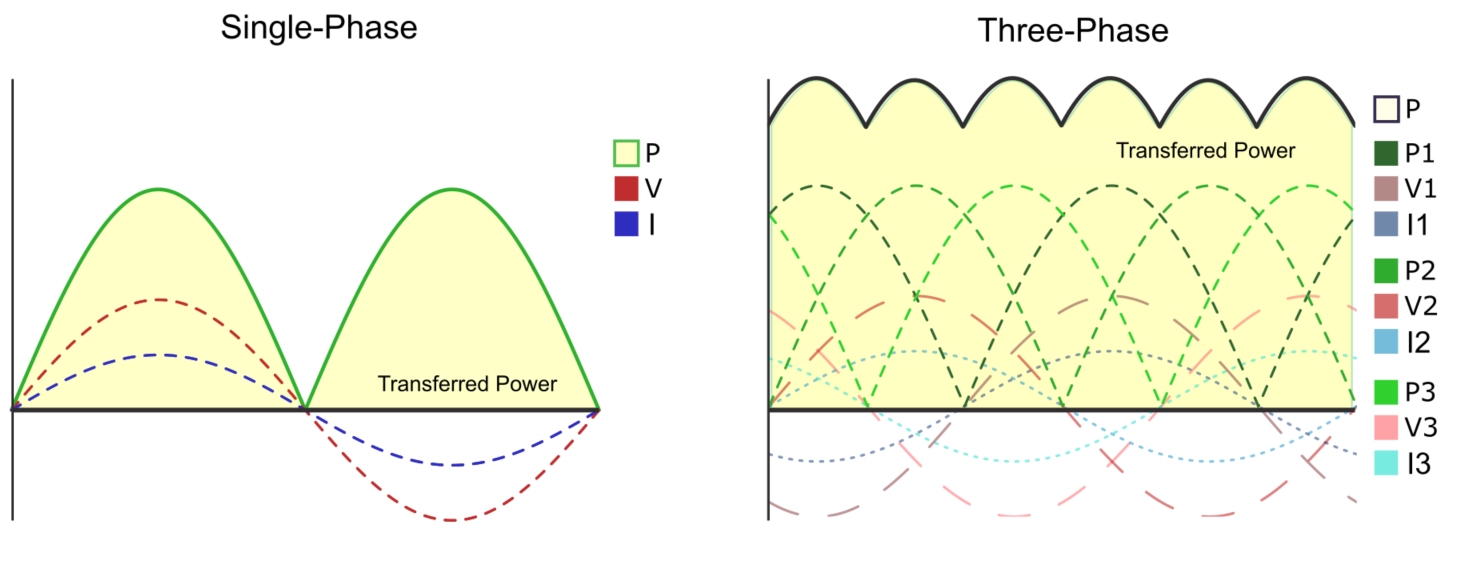So once power is generated 120* it always is 120* ?
If all loads had unity power factor, and there were no non-resistive elements to the transmission and distribution system, the answer would be yes. What that means, is that voltage and current are synchronized, with no phase shift between them. This happens in pure resistive loads.
Where 180 degrees in residential 120/240V grids comes from, is that the transformer primay is connected to just one phase of the 3-phase distribution grid. The transformer secondary is then center-tapped, with the center-tap we call the neutral, that gets bonded to ground. The two waveforms on the remaining wires from the transformer, are equal and opposite in voltage, relative to the neutral. This is mathematically equivalent to two waveforms that are shifted by 180 degrees from one another, but it is produced by negating a waveform, instead of picking up a generator output on a different location on the machinery rotation (as the 3-phase is originally generated).
Given that there are capacitive and inductive loads, there will inevitably be phase shifts between voltage and current, and phase shifts from the original source. This will also cause the voltage to shift in phase, due to the Ohmic voltage drops not being synchronized with the original voltage waveform, as a result of current is shifted in phase. The most that these circuit elements can shift in phase, is 90 degrees. A pure capacitor causes current to come 90 degrees before voltage, and a pure inductor causes current to come 90 degrees after voltage. A typical load's non-unity power factor is around 80%, which means a phase shift of around 36 degrees, with a direction that depends on what kind of load it is. A motor load would cause current to lag, while a DC power supply load would cause current to lead.
The grid is designed to compensate for this issue with power factor correction banks, that work to bring it back to unity power factor as seen by the generating stations. Some loads are also built with their own power factor correction, which is a component of the opposite kind of power factor issue, as the load itself has. Like a motor load with a capacitor in parallel.




